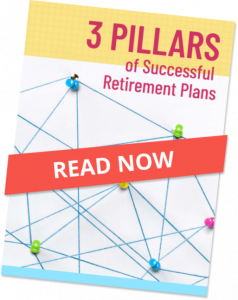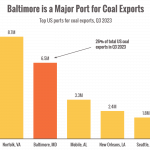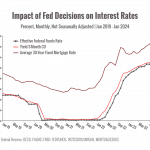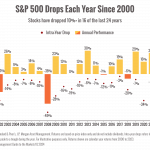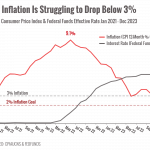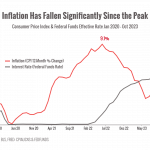Not Participating in the Stock Market?
If you’re in your 30s and you decide you’re not going to be in the stock market, how does that influence your savings? According to Mark Miller, author of The Hard Times Guide to Retirement Security, this is really going to hurt your chances of achieving a secure retirement down the road.





